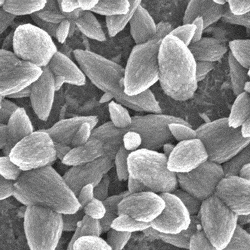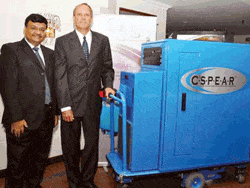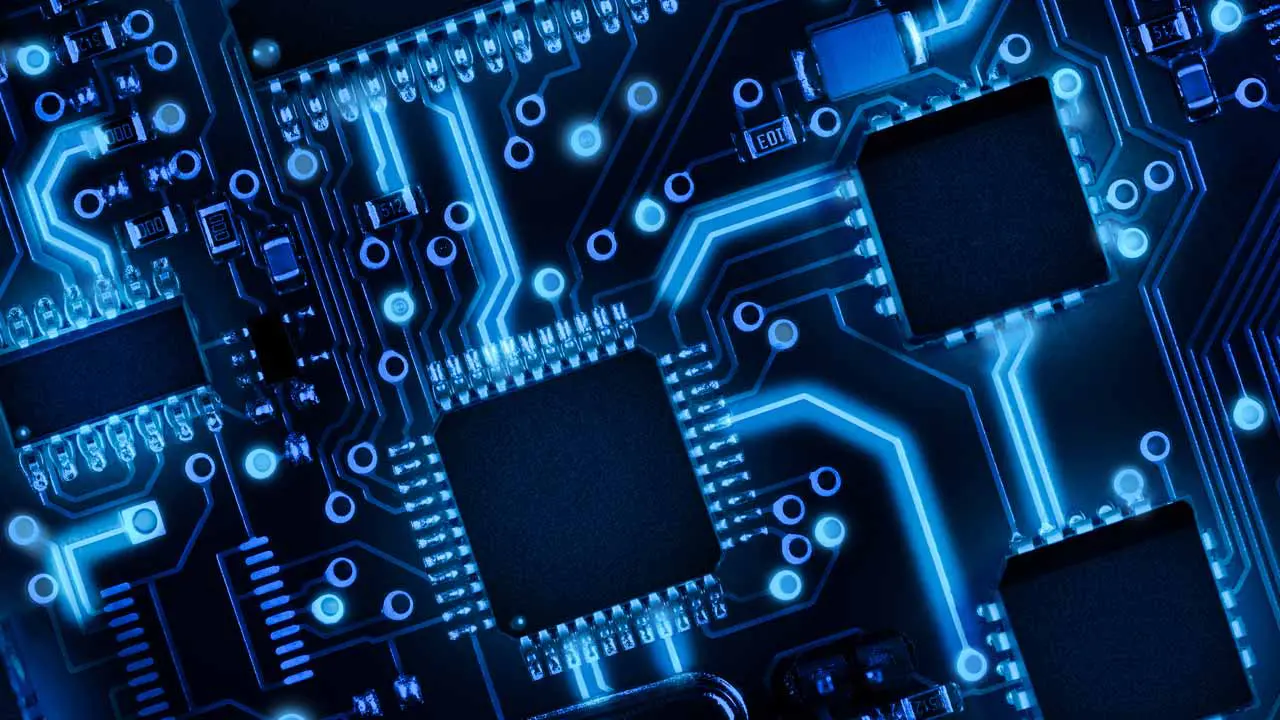Nanotech Yields Major Advance in Heat Transfer, Cooling Technologies

These coatings can remove heat four times faster than the same materials before they are coated, using inexpensive materials and application procedures.
The discovery has the potential to revolutionize cooling technology, experts say. The findings have just been announced in the International Journal of Heat and Mass Transfer, and a patent application has been filed.
For the configurations investigated, this approach achieves heat transfer approaching theoretical maximums, said Terry Hendricks, the project leader from the Pacific Northwest National Laboratory.
The improvement in heat transfer achieved by modifying surfaces at the nanoscale has possible applications in both micro- and macro-scale industrial systems, researchers said. The coatings produced a “heat transfer coefficient” 10 times higher than uncoated surfaces.
The journal publication this story is based on is available online at http://bit.ly/cBAKfE.
— Source: Oregon State University
Phoenix a Hot Spot for Data Centers
Metro Phoenix is becoming a haven for data centers, as one large local data center recently announced it would expand and another opened on June 18. Digital Realty Trust, a real-estate trust that specializes in data centers, said in March that a study showed 83 percent of large corporate data users plan data-center expansions over the next 12 to 14 months. Arizona is a perfect place for data centers for a number of reasons, experts say, including its cheap and redundant power sources and safe location. A study by Risk & Insurance magazine in late 2008 shows Phoenix is the second-safest metro area of more than 1 million people for the centers. The magazine noted that compared with other locations, the area has a low risk for terrorism and for natural disasters, such as hurricanes, earthquakes and winter storms. The area ranked in the medium category for severe thunderstorms and wildfires.
— Source: The Arizona Republic
ENERGY STAR Launches Data Center Energy Efficiency Initiatives
The U.S. Environmental Protection Agency has launched its Energy Star program for data centers, meaning companies can start applying today to see if their facility qualifies for an Energy Star logo. Data centers can now earn the Energy Star label seen on TVs, refrigerators and computer monitors. To qualify, data centers must be in the top 25 percent of their peers in energy efficiency, according to EPA’s energy performance scale.
In an effort to assist data center operators wishing to assess the energy efficiency of their facilities, eight leading organizations that set or use data center energy efficiency metrics met on Jan. 13 in Washington, DC. The outcome of the meeting is an agreement to three guiding principles for measuring energy efficiency in data centers at the present time. These guiding principles are meant to help the industry have a common understanding of energy efficiency metrics that can generate dialogue to improve data center efficiencies and reduce energy consumption. Each of the participating organizations has agreed to promote these guiding principals to their members and stakeholders in an effort to bring uniformity to the measurement of data center energy efficiency, while the dialogue continues to advance existing metrics.
— Source: Energy Star
Liquid Cooling Making a Comeback
Although it’s not without its challenges, liquid cooling has become the focus of recent research thanks to its efficiency.
As a start, chilled liquid cooling has been reintroduced into high end mainframes and densely packed servers. IBM believes such an approach has major benefits as it could cut data center energy consumption by up to 50 percent and allow the use of the collected thermal energy either for district heating or industrial applications, significantly improving the system’s green credentials.
At the beginning of May, with its partner the Swiss Federal Institute of Technology (ETH) Zurich, IBM introduced a new supercomputer, the Aquasar, an entirely new, water cooled machine that will also supply heat to university buildings.
A July article in New Electronics magazine explores this and other liquid cooling research that has gained new interest as electronic equipment generates more and more heat.
— Source: New Electronics
Data Center-in-a-Box Launched in India

— Source: India Tech Online
Engineer Honored for Contributions to Thermal Research
Binghamton University faculty member Bahgat Sammakia received the 2010 ITherm Achievement Award during the 12th Intersociety Conference on Thermal and Thermomechanical Phenomena in Electronic Systems in honor of his contributions to electronics, thermal and thermomechanical research, as well as his service to the electronics thermal management community. Sammakia, director of the Small Scale Systems Integration and Packaging Center, a New York State Center of Excellence, also serves as BU’s executive director for economic development. Sammakia, a longtime IBM engineer, joined Binghamton’s faculty in 1998. He holds 14 U.S. patents and has published more than 150 technical papers in refereed journals and conference proceedings.
— Source: Binghamton University
Heat Conducting Graphene Could Cool Electronics
Multiple layers of graphene show strong heat conducting properties that can be harnessed in removing dissipated heat from electronic devices, a team of scientists from the University of California reported in a recently published paper in the journal Nature Materials. Having previously shown that graphene — a two-dimensional layer of carbon atoms packed in a honeycomb structure — behaves as a strong heat conductor, the group tested a solution in which multiple sheets of graphene embedded within silicon chips can dramatically improve the thermal characteristics, meaning lower temperatures and a concrete possibility for chip manufacturers to reach higher processing speeds with relative ease.
— Source: Nature Materials






